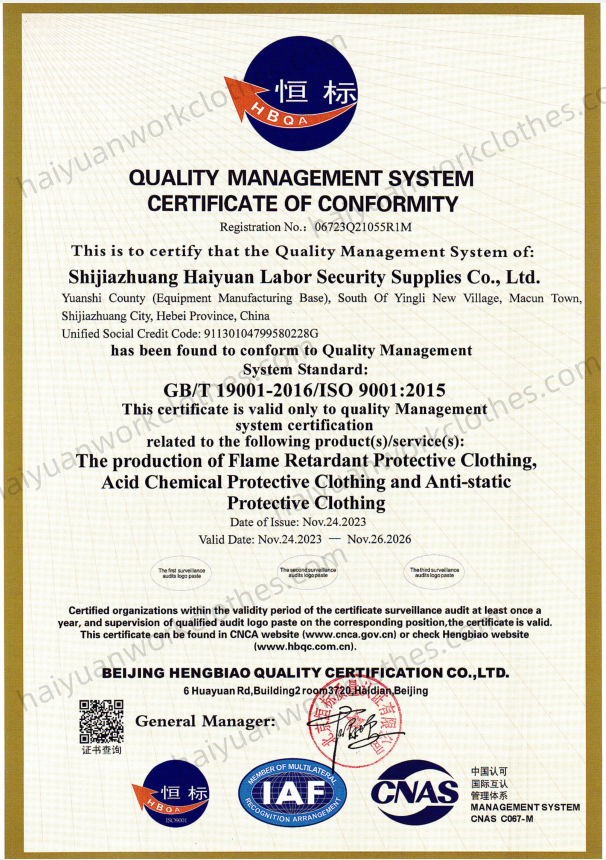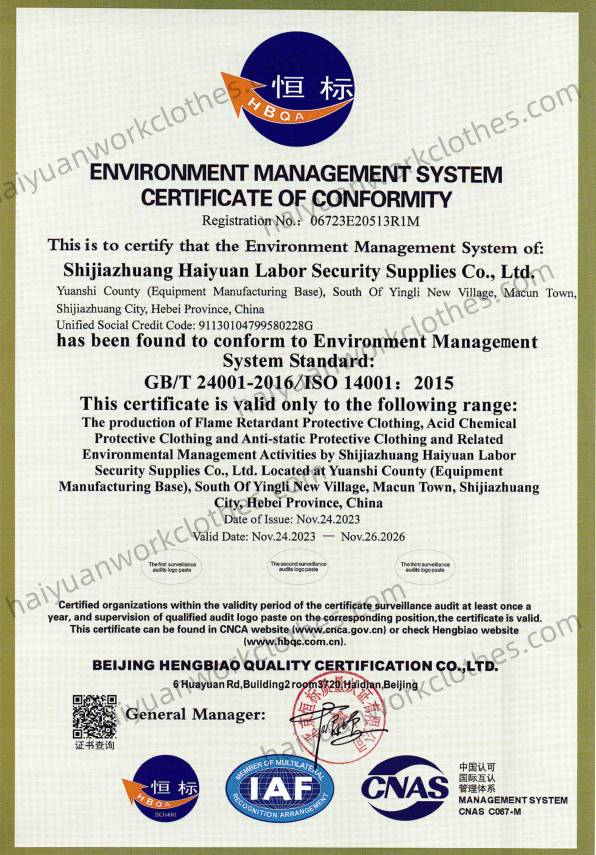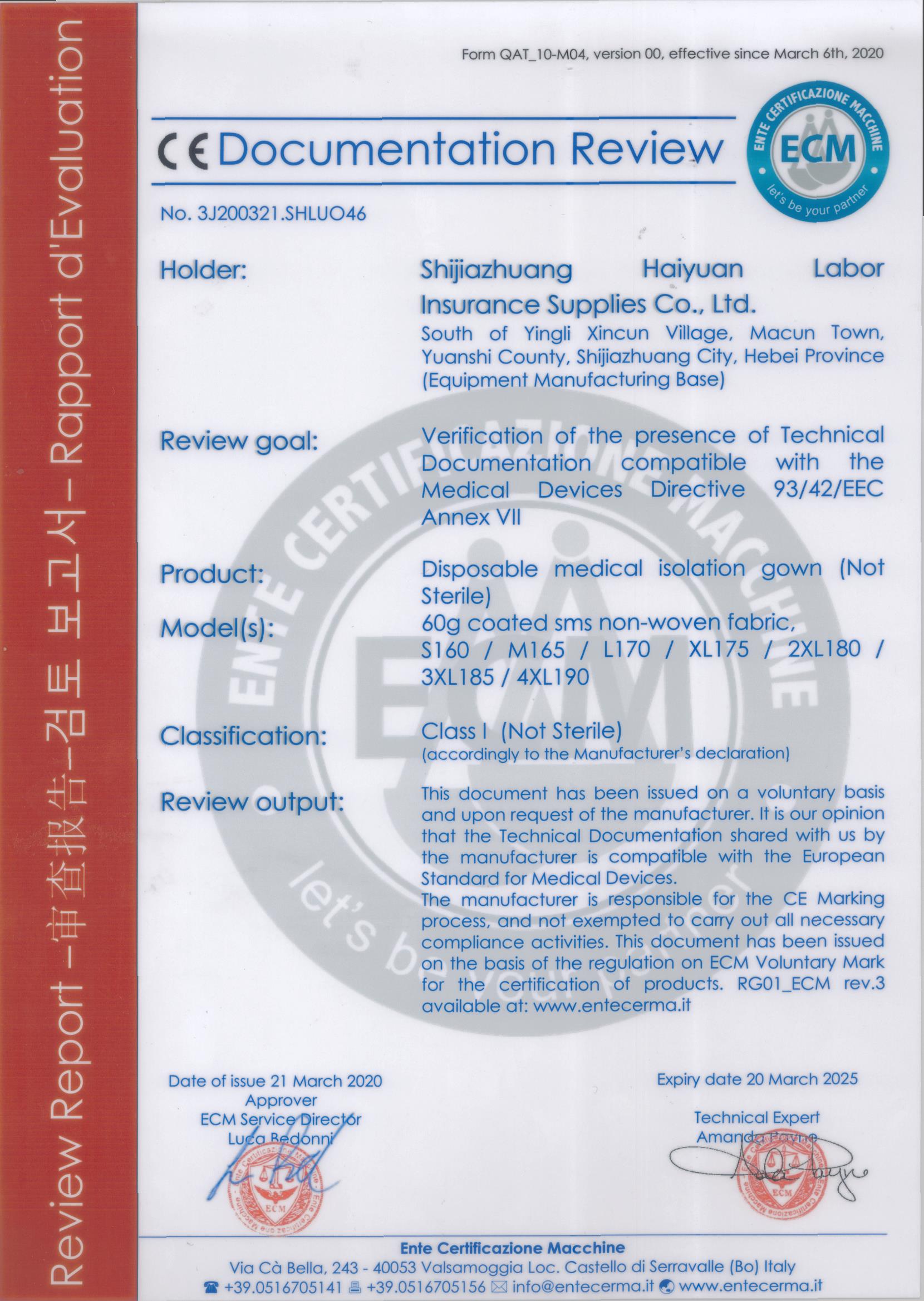This is an excellent question, as these are three of the most important and widely recognized international standards for management systems.
ISO 9001, ISO 14001, and ISO 45001 are all International Standards published by the International Organization for Standardization (ISO). They provide a framework for organizations to manage critical aspects of their operations systematically.
While they focus on different areas, they share a common high-level structure (often called Annex SL), making it easier for organizations to integrate them into a single, unified management system.
Here is a breakdown of each:
1. ISO 9001 – Quality Management Systems (QMS)
-
Core Focus: Customer Satisfaction and Consistent Product/Service Quality.
-
The Basic Question it Answers: “Does the organization have a system in place to ensure its products or services consistently meet customer and regulatory requirements, and that it is actively working to enhance customer satisfaction?”
Key Principles & Requirements:
-
Customer Focus: Understanding and meeting customer needs and expectations.
-
Process Approach: Managing activities as processes that link together to achieve a desired result.
-
Evidence-Based Decision Making: Using data and information to make decisions.
-
Continual Improvement: Always looking for ways to enhance processes and outcomes.
-
It requires defining quality objectives, controlling documents, managing resources, conducting internal audits, and holding management reviews.
Who uses it? Virtually any organization, in any sector—from manufacturing and construction to healthcare, software, and government services.
2. ISO 14001 – Environmental Management Systems (EMS)
-
Core Focus: Environmental Performance and Sustainability.
-
The Basic Question it Answers: “Does the organization have a system to manage its environmental responsibilities, minimize its negative environmental impact, and comply with relevant laws?”
Key Principles & Requirements:
-
Environmental Policy: A commitment from top management to environmental protection.
-
Environmental Aspects & Impacts: Identifying how the organization’s activities, products, and services affect the environment (e.g., waste generation, energy use, pollution).
-
Legal and Other Requirements: Identifying and complying with environmental laws.
-
Life Cycle Thinking: Considering environmental impacts from raw material acquisition to end-of-life disposal.
-
It focuses on setting environmental objectives (e.g., reduce water consumption by 10%, achieve zero waste to landfill) and implementing operational controls to achieve them.
Who uses it? Any organization that wants to demonstrate a commitment to sustainable practices, reduce its environmental footprint, and ensure regulatory compliance.
3. ISO 45001 – Occupational Health and Safety Management Systems (OHSMS)
-
Core Focus: Worker Health, Safety, and Well-being.
-
The Basic Question it Answers: “Does the organization have a system to provide safe and healthy workplaces, prevent work-related injury and ill health, and proactively improve its OH&S performance?”
Key Principles & Requirements:
-
Hazard Identification and Risk Assessment: Proactively identifying what could cause harm and implementing controls to reduce the risk.
-
Legal Compliance: Identifying and meeting OH&S legal requirements.
-
Worker Participation: Consulting with and involving workers in OH&S decisions.
-
Incident Investigation: Systematically investigating accidents, near-misses, and cases of ill health to prevent recurrence.
-
It emphasizes the role of top management in leading a strong safety culture and requires planning for emergency preparedness and response.
Who uses it? All organizations, but it is particularly critical in high-risk industries like construction, manufacturing, oil and gas, and logistics.
Comparison Table: At a Glance
| Standard | Focus | Primary Goal | Key Driver |
|---|---|---|---|
| ISO 9001 | Quality | Customer Satisfaction & Consistent Quality | Meeting customer requirements and improving efficiency. |
| ISO 14001 | Environment | Environmental Protection & Sustainability | Minimizing environmental impact and ensuring legal compliance. |
| ISO 45001 | Health & Safety | Worker Safety & Well-being | Providing a safe workplace, preventing incidents, and ensuring legal compliance. |
The Power of Integration: One Unified System
Many organizations choose to implement all three standards (or a combination) as an Integrated Management System (IMS). Because they share the same structure, a company can manage its Quality, Environmental, and Health & Safety responsibilities under one cohesive framework.
Benefits of an Integrated System:
-
Efficiency: Reduces duplication of effort (e.g., one internal audit can cover all three areas).
-
Consistency: Aligns objectives and processes across the organization.
-
Holistic View: Helps management see the interconnections between quality, environmental impact, and worker safety.
-
Reduced Bureaucracy: One set of policies, procedures, and manuals.
Example of Interconnection:
A factory produces safety helmets (ISO 9001 – Quality).
-
The production process creates plastic waste (ISO 14001 – Environment).
-
The machines used in production have moving parts that could injure an operator (ISO 45001 – Health & Safety).
An integrated system ensures that the process to make a high-quality helmet also manages the waste responsibly and protects the worker operating the machine.
Summary
-
ISO 9001 is about doing things right for the customer.

HAIYUAN ISO9001 -
ISO 14001 is about being responsible towards the environment.

HAIYUAN ISO14001 -
ISO 45001 is about taking care of your employees.

iso45001-certificates
Certification to these standards is performed by independent, external bodies, not by ISO itself. A certificate demonstrates to customers, regulators, and other stakeholders that the organization is managed in a systematic, internationally recognized way.




